Balsamic glaze is a versatile and flavorful addition to many dishes, but finding a sugar-free version can be challenging. Fortunately, you can create a delicious homemade balsamic glaze using only balsamic vinegar and a pinch of salt.
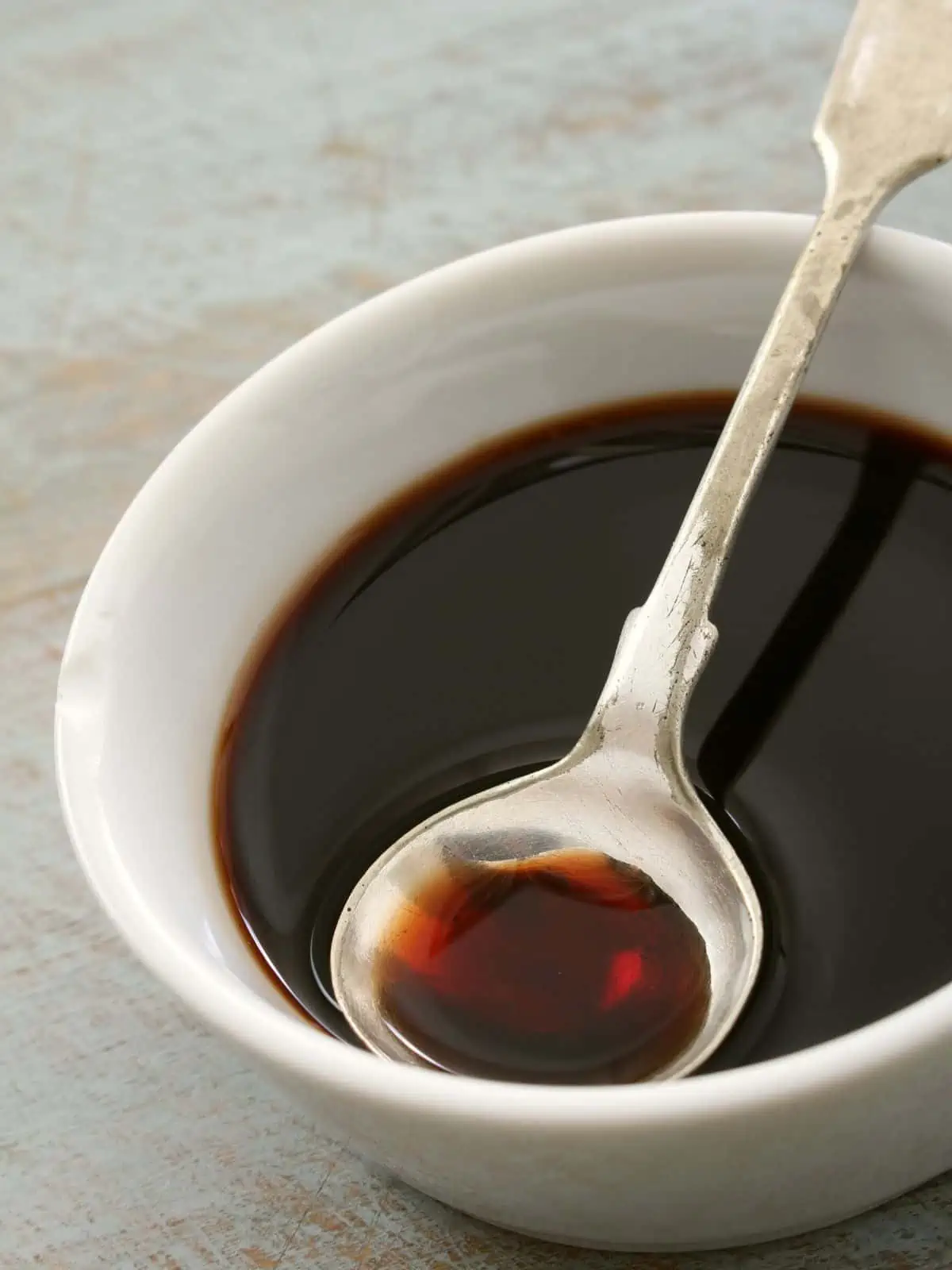
A great balsamic glaze or balsamic reduction is perfect for tomato, mixed leaf and avocado salads and also great with grilled chicken or fish.
Step-by-Step Instructions
Step 1 - Add Balsamic to Pan and Simmer
Place the balsamic vinegar in a saucepan. Use a pan with a light-colored bottom to help you monitor the reduction process more easily.
Add a pinch of salt to enhance the natural flavours of the balsamic vinegar and stir well to incorporate.
Begin heating the vinegar over low heat and allow it to simmer gently. Stir occasionally to prevent the vinegar from burning.
Keep a close eye on the reduction process. It may take 15-30 minutes, depending on your stove and the thickness of the balsamic vinegar.
The glaze is ready when it reaches a syrupy consistency that coats the back of a spoon.
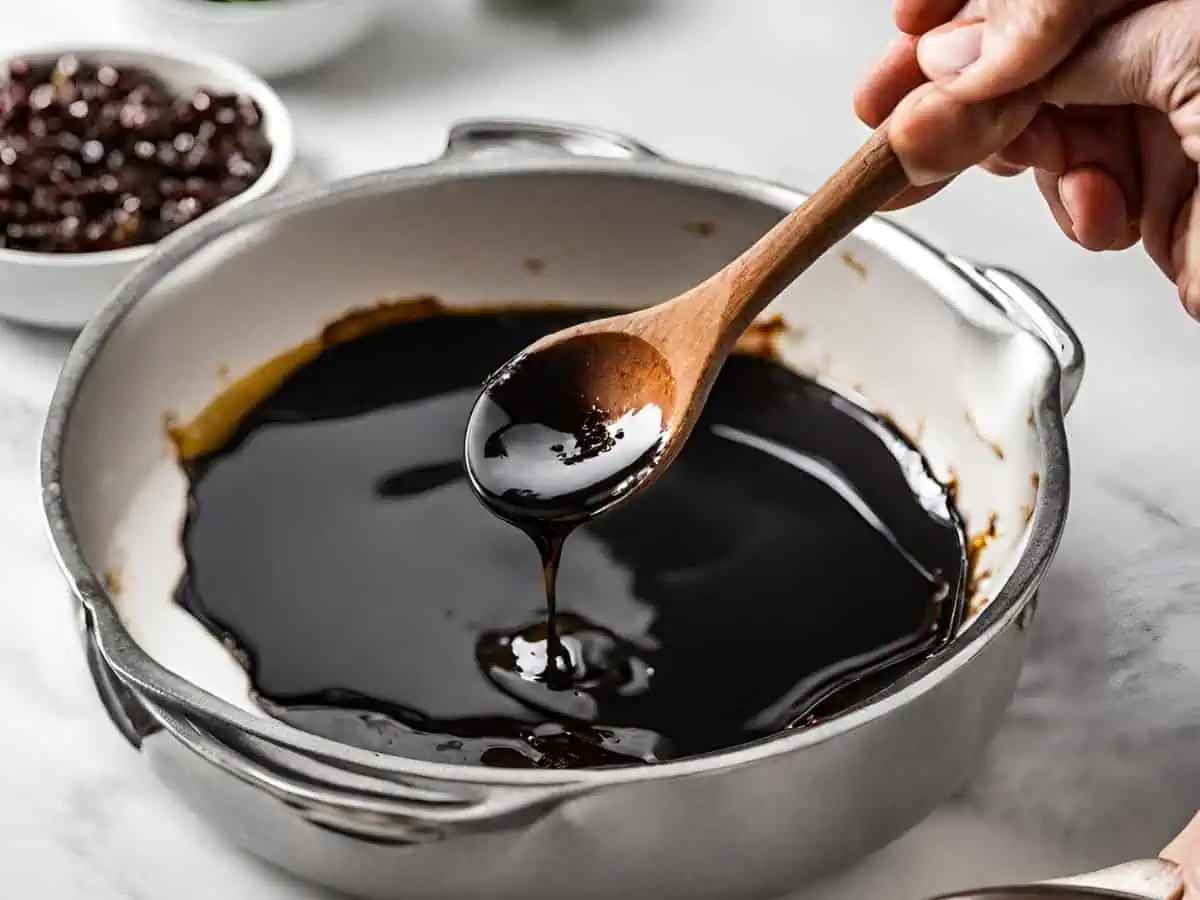
Step 2 - Cool and Store
Once the glaze reaches the desired consistency, remove it from the heat and let it cool. Transfer it to a glass container for storage.
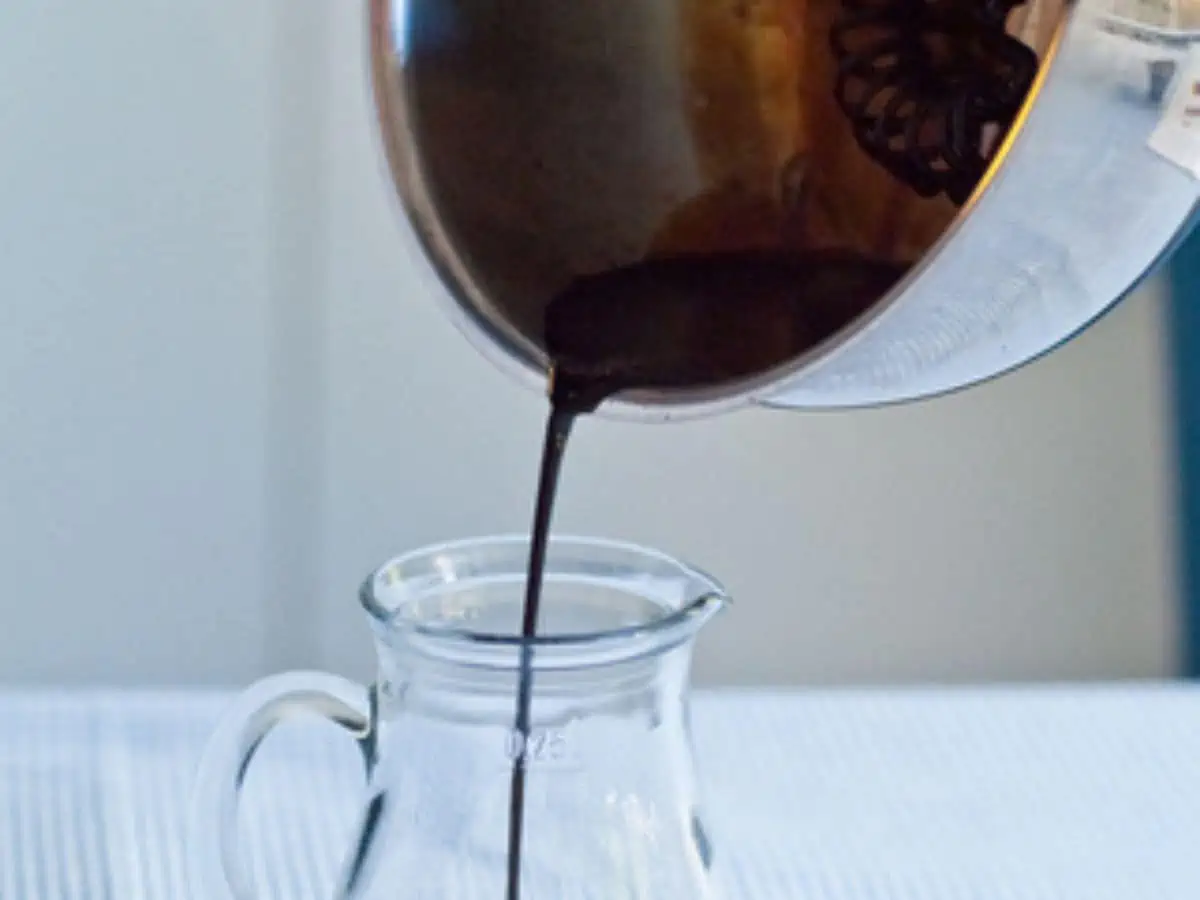
Creative Uses for Sugar-Free Balsamic Glaze
- Salad Drizzle:
- Transform your ordinary green salad into a gourmet delight by drizzling sugar-free balsamic glaze over mixed greens, tomatoes, and fresh mozzarella. The tangy sweetness adds a burst of flavor.
- Caprese Skewers:
- Thread cherry tomatoes, mozzarella balls, and basil leaves onto skewers, then generously brush the skewers with balsamic glaze. It's a delightful appetizer that showcases the classic Caprese combination.
- Grilled Vegetables:
- Brush balsamic glaze onto grilled vegetables such as zucchini, bell peppers, and mushrooms. The glaze enhances the smoky flavours of the grill while providing a sweet and tangy kick.
- Glazed Salmon or Chicken:
- Elevate your salmon or chicken game by brushing them with balsamic glaze before baking or grilling. The result is a beautifully caramelised exterior with a rich balsamic undertone.
- Strawberry Balsamic Dessert:
- Combine fresh strawberries with a drizzle of balsamic glaze for a simple yet elegant dessert. Serve over vanilla ice cream or yogurt for a sweet and tangy treat.
- Bruschetta Topping:
- Create a delicious bruschetta topping by mixing diced tomatoes, fresh basil, garlic, and a splash of balsamic glaze. Spoon this mixture onto toasted baguette slices for a quick and tasty appetizer.
- Gourmet Pizza Finish:
- Take your homemade pizza to the next level by drizzling balsamic glaze over the top just before serving. This adds a sophisticated touch and complements a variety of pizza toppings.
- Fruit Salad Elevation:
- Upgrade your fruit salad by tossing it with a light coating of balsamic glaze. This unexpected twist enhances the natural sweetness of the fruits.
- Glazed Chicken or Pork:
- Marinate chicken breasts or pork chops in balsamic glaze before cooking. The glaze not only imparts flavor but also creates a beautiful caramelized crust during cooking.
- Cheese Plate Accompaniment:
- Pair your favorite cheeses with a side of sugar-free balsamic glaze. The contrast of creamy cheese and tangy glaze is a sophisticated addition to any cheese board.
Tips and Questions
Can I Use Any Balsamic Vinegar for This Recipe?
While you can technically use any balsamic vinegar, the quality of the vinegar will affect the final taste of the glaze. Opt for a good quality vinegar from Modena or Reggio Emilia.
Can I Add Sweeteners to This Recipe if I Want a Sweeter Glaze?
The goal of this recipe is to create a sugar-free glaze. However, you can experiment with natural sweeteners like stevia or monk fruit if you prefer a sweeter taste.
How Can I Store the Sugar-Free Balsamic Glaze?
Store the glaze in a glass container with a tight-fitting lid. Keep it in the refrigerator, and it should last for several weeks.
Recipe Card
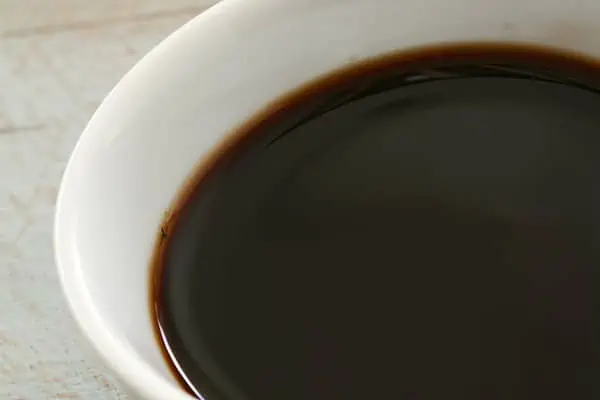
Ingredients
- 1 cup balsamic vinegar (a good quality vinegar from Modena or Reggio Emilia)
- Sea salt (optional)
Instructions
- Place your balsamic vinegar in a small saucepan on medium heat.
- Bring to a gentle simmer (do not let it come to a rolling boil as it could easily burn).
- Stir it continuously until it reduces by half and it starts to thicken into a syrupy glaze.
- It should be thick enough to coat the back of a spoon (approximately 10-15 minutes).
- Take it off the heat immediately and allow it to cool.
- Keep in mind that the glaze will thicken slightly once it cools.
- Once cool store in a glass jar or bottle.
Notes
- This recipe makes a total of one cup of balsamic glaze or 16 tablespoons, the nutritional information is also calculated this way.

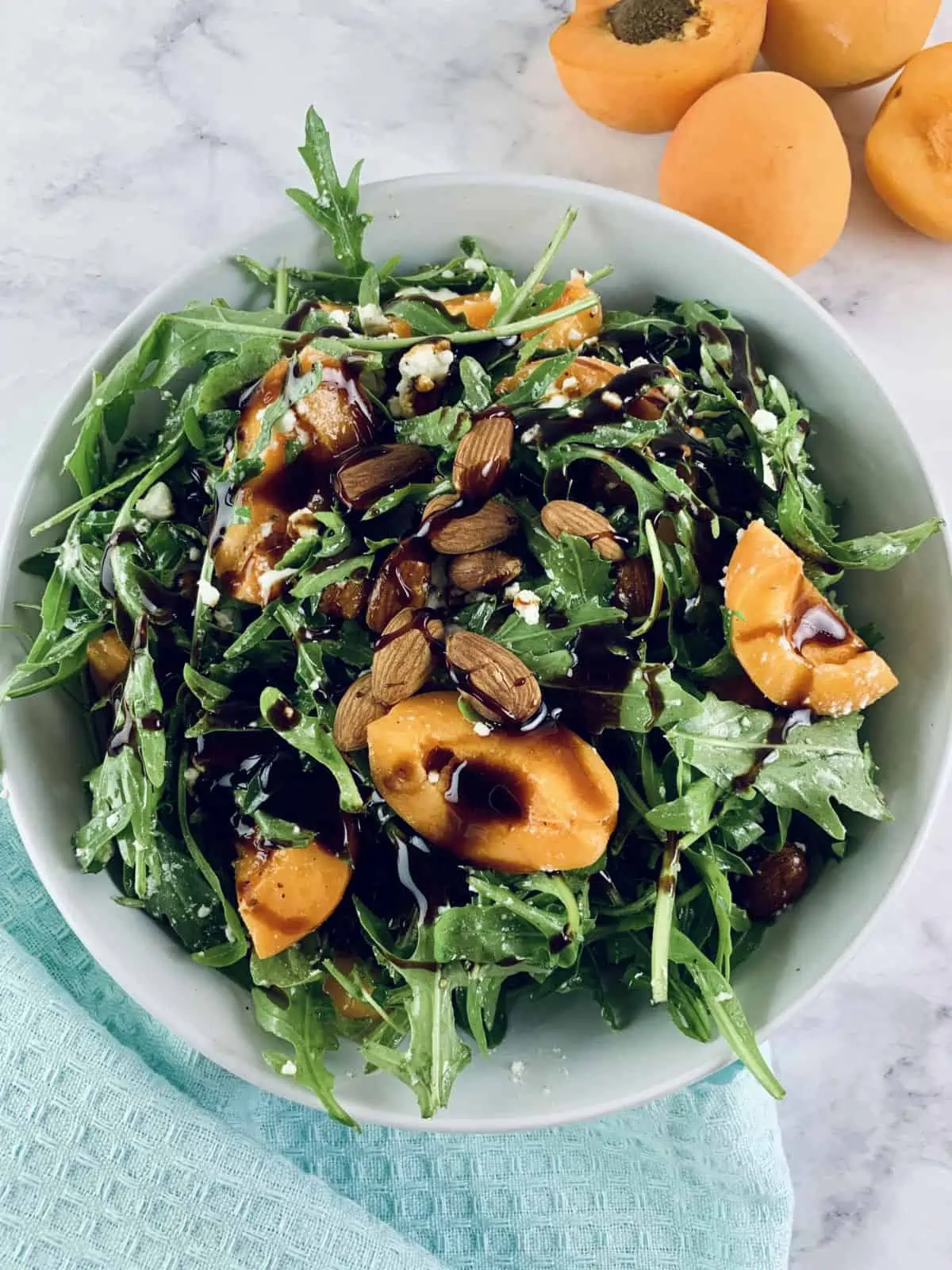
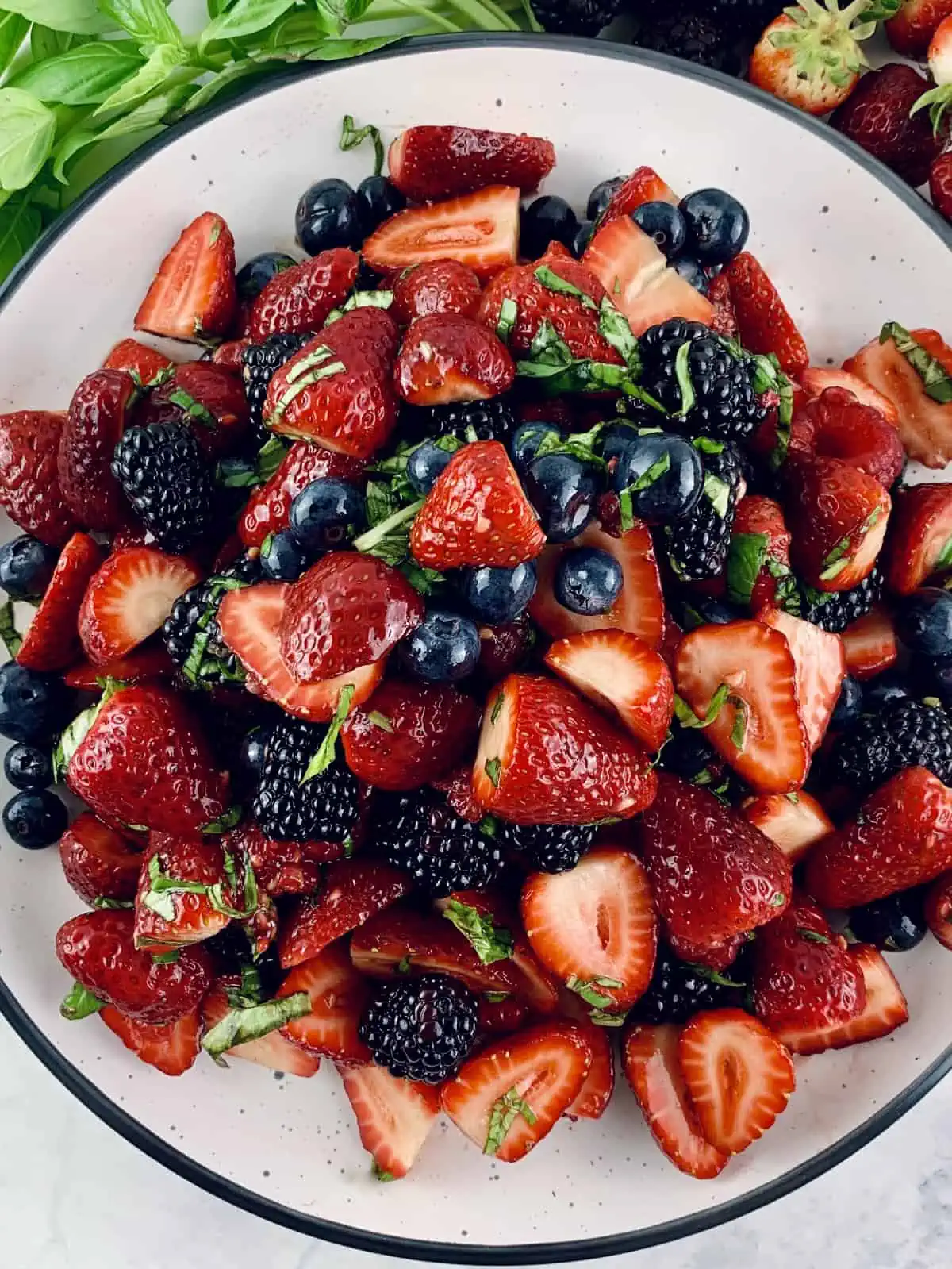
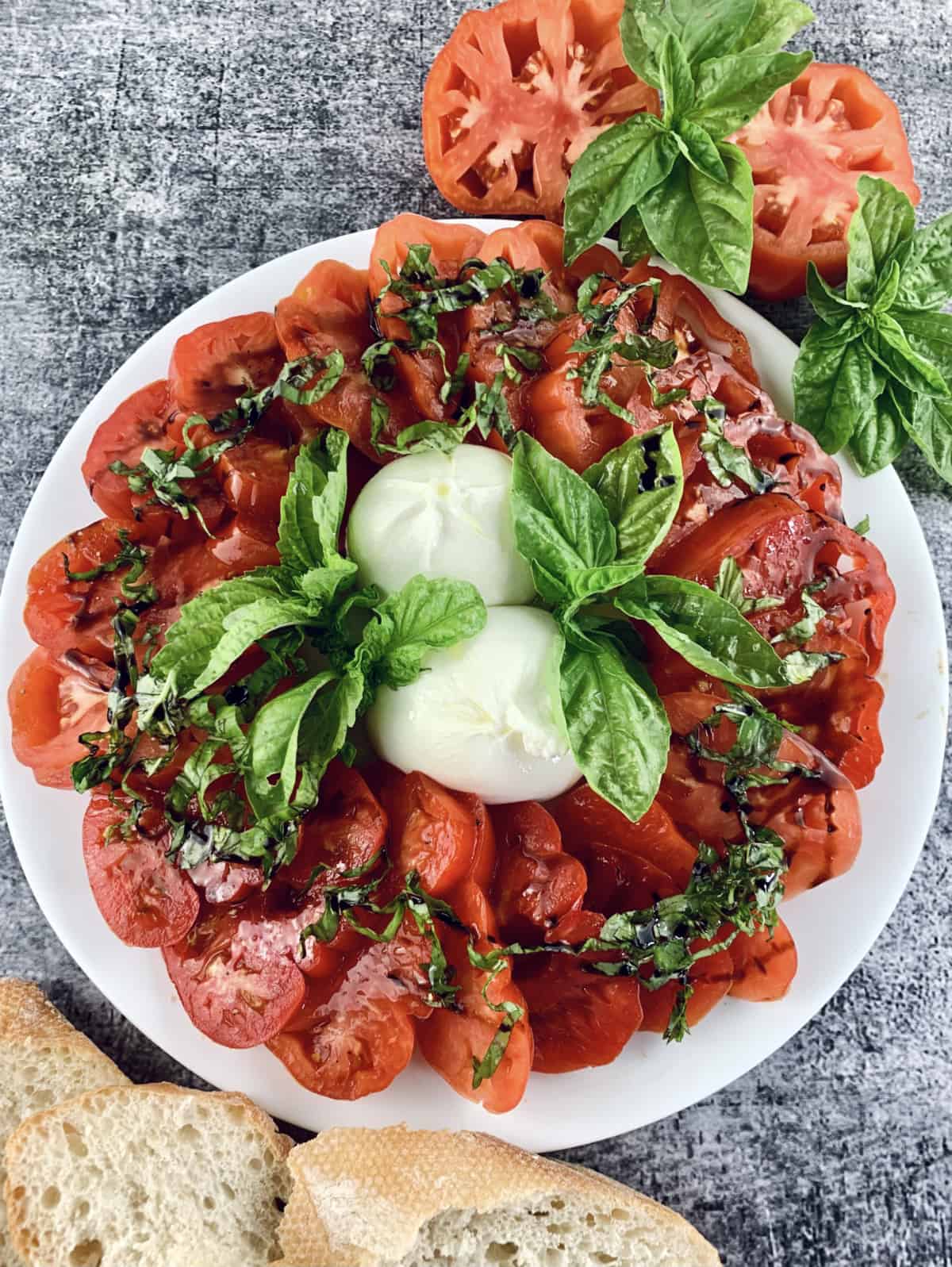
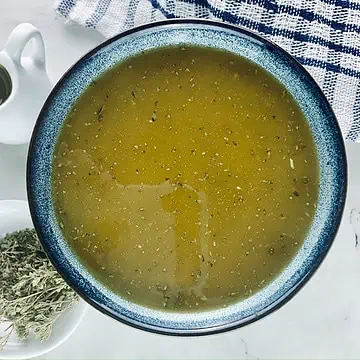
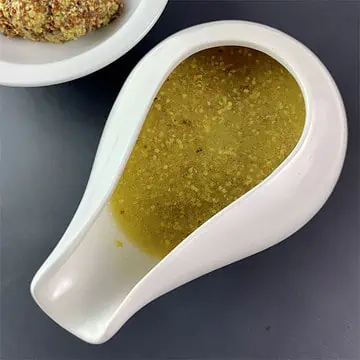
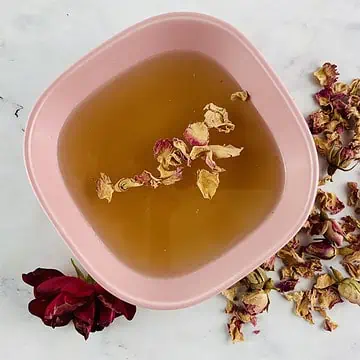
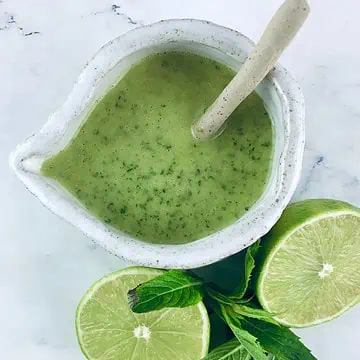
Leave a Reply